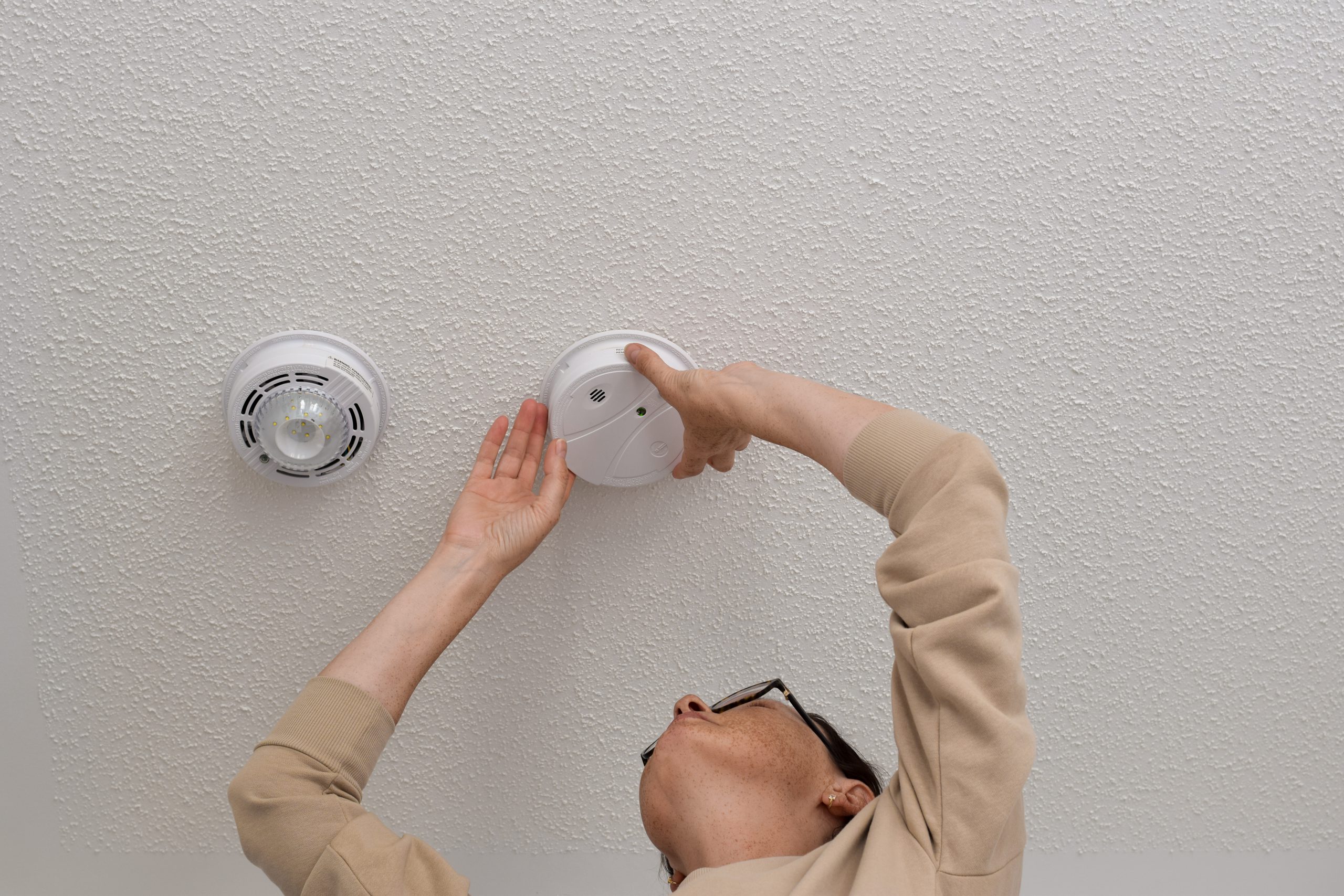
Smoke alarms have been mandatory in Australian residential homes since around 1995, and there is good reason for this.
These critical early warning detectors can help residents and their pets stay safe from fire 24/7.
Yet while smoke alarms are one of the most important inclusions in a home, they’re easily forgotten or ignored when it comes to updates and maintenance.
Legislation surrounding such details is different state-to-state and amendments to national smoke alarm standards regularly change, with the latest, known as Australian Standard 3786:2023, released in 2023. Although this is not yet a legal requirement.
Basic requirements
Regardless of location, smoke alarms should be tested every month and cleaned once every six months.
The most common smoke alarm with a removable battery should receive a battery replacement every year.
However, as the name suggests, those with a 10-year lithium battery will never need a battery change as smoke alarms themselves always need to be replaced every decade.
If an alarm continuously “chirps” or beeps, it usually means the battery is running low.
Smoke alarm types and batteries
There are four types of smoke alarm batteries in Australia, two kinds with replaceable batteries and two with long-life ones.
In this mix are two smoke alarms (one with a replaceable battery and one with a long-life battery) that can be connected to a property’s mains power source.
Newer smoke alarms are now “interconnected” either wirelessly or by hard wire, meaning when an alarm sounds in one room or area, it will connect to other alarms and sound in every location of a property.
Check out the legislation in your state or territory
Victoria
Smoke alarms must be installed on every property level. In homes that were built before August 1997, battery-powered smoke alarms are permitted. Homes constructed or significantly renovated after May 2014 must have interconnected alarms.
NSW and ACT
Smoke alarms must be installed on every level, in every bedroom, and in hallways.
They must also be installed in caravans and campervans.
Queensland
Smoke alarms must be installed on every storey, in every bedroom, and in hallways. All existing properties must install interconnected smoke alarms by January 2027.
South Australia
Smoke alarms must be installed on every property level. Homes built after January 1995 must have smoke alarms connected to 240 volt, mains-powered supply and be fitted with a back-up battery; or be fitted with 10-year battery. Homes built after May 2014 must have interconnected smoke alarms. Existing homes with new extensions built after May 2014 must also interconnect with current alarms.
Tasmania
From August 1997, new houses and those that have undergone significant renovations requiring a building permit must have at least one mains-powered smoke alarm on every level. This alarm must have a back-up battery.
Western Australia
From July 1997, mains-powered smoke alarms are compulsory in all new homes or those with extensions. In homes built after May 2015, interconnected smoke alarms are required.
Northern Territory
Smoke alarms are required in all properties as well as caravans and other movable dwellings. Smoke alarms must be mains-powered or have a 10-year battery.
